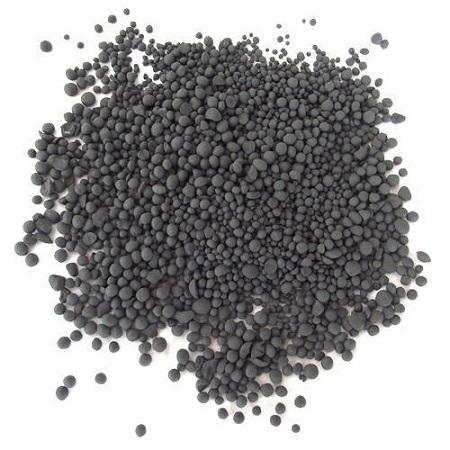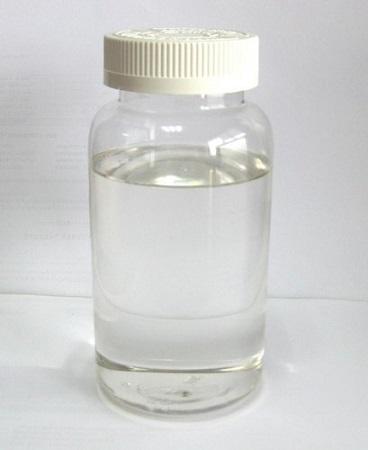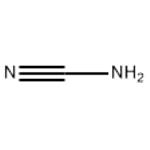Safety of Cyanamide
Jan 13,2022
Cyanamide is a colorless, orthorhombic, hydrophilic, crystalline solid with amild odor. It is similar to but not as toxic as cyanide.Containing both nucleophilic and electrophilic sites on the same molecule, cyanamide exists as two tautomers – NCNH2 and HNCNH. It is a highly reactive chemical and is a dangerous explosion hazard. It can release toxic fumes of cyanides and nitrogen oxides when heated to decomposition or contacted with acids, acid fumes, moisture, or 1,2-phenylenediamine salts. It is combustible when exposed to heat or flame. Cyanamide reacts with acids, strong oxidants, strong reducing agents, and water, causing explosion hazard.

Uses
Cyanamide is commonly used in liquid solution and is expected to be soluble in water, ether, benzene, acetone, phenols, amines, ketones, and alcohols. It is used mainly in agriculture as a restbreaking agent and in pharmaceutical industries in the production of antihistamines, antihelminthics, and many other drugs.
Environmental Fate
Adsorption–desorption studies in soil have estimated very low Koc values (0–6.81 ml g-1 ) indicating low adsorption and high mobility potential of cyanamide in soil; however, soil column leaching studies indicate that cyanamide is only slightly mobile. Volatilization is not expected to be an important fate and transport process based on the Henry’s law constant and vapor pressure. When released into the air, vapor phase cyanamide is expected to have a half-life of less than 1 day. Aerobic biodegradation is expected to occur, with cyanamide serving as source of nitrogen and carbon.
The estimated half-life of cyanamide from the water phase of the aquatic systems was 2.3 days for the river system and 4.3 days for the pond system, respectively. Bioconcentration and bioaccumulation potential is expected to be low, based on the estimated bioconcentration factor and experimental octanol–water partition coefficient.
Safety
Cyanamide is used as an alcohol-deterrent drug in Canada, Europe, and Japan.
Cyanamide has a modest toxicity in humans.Workplace exposure to hydrogen cyanamide sprays or exposure in people living in the vicinity of spraying have been reported as causing respiratory irritation, contact dermatitis, headache, and gastrointestinal symptoms of nausea, vomiting, or diarrhea.
- Related articles
- Related Qustion
- Cyanamide: A Versatile Compound in Modern Chemistry May 23, 2024
Cyanamide, a chemical compound with the formula NH?CN, stands as a pivotal substance in organic and agricultural chemistry.
- Applications of Cyanamide Nov 21, 2019
Cyanamide as chemical substance with unique and chemically promiscuous nitrogen-carbon-nitrogen connectivity, have been commonly used as industrial raw materials.
Lecithin (also known as alpha-phosphatidylcholine) is a naturally occurring nutrient found in foods that is also sold as a dietary supplement.....
Jan 12,2022Fatty aldehydeCyclohexane is obtained by the distillation of petroleum or by hydrogenation of benzene. It constitutes 0.5–1.0% of petroleum.....
Jan 13,2022Organic reagents








